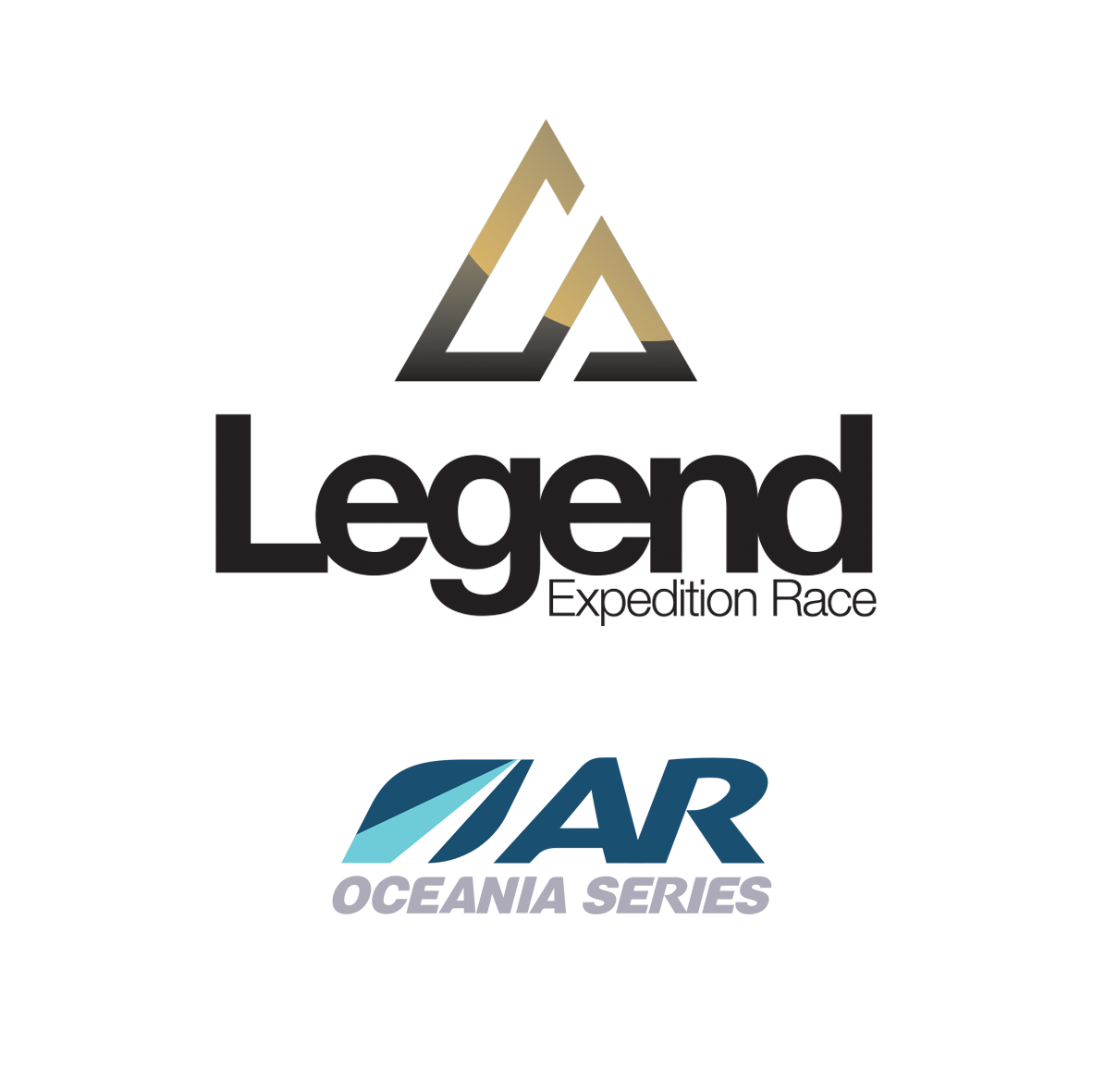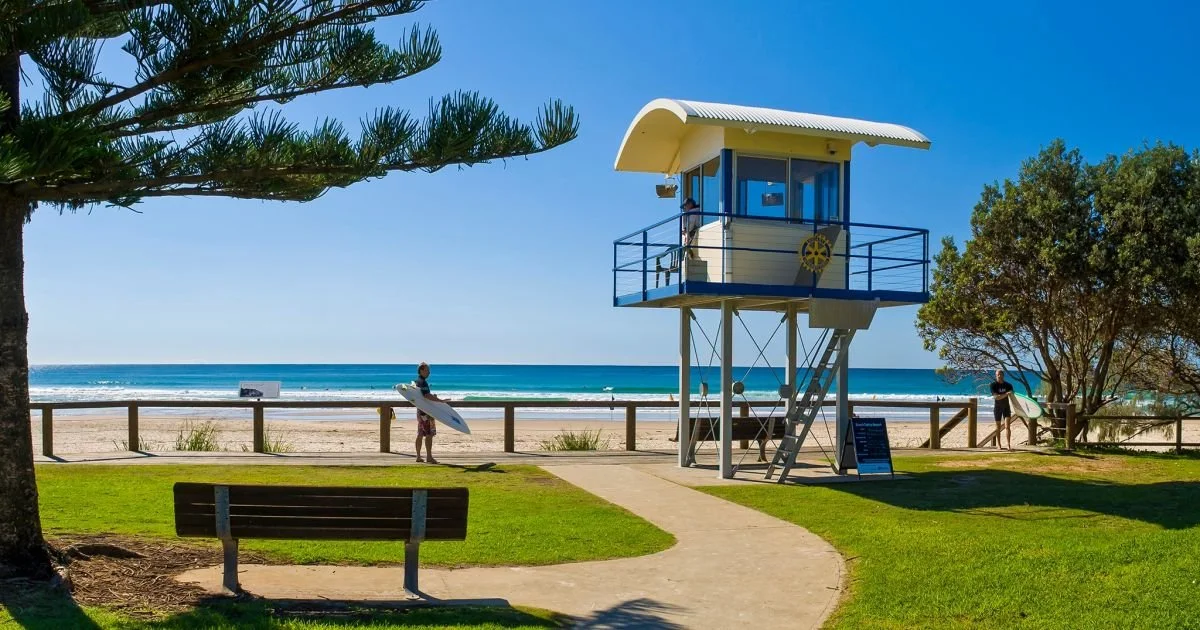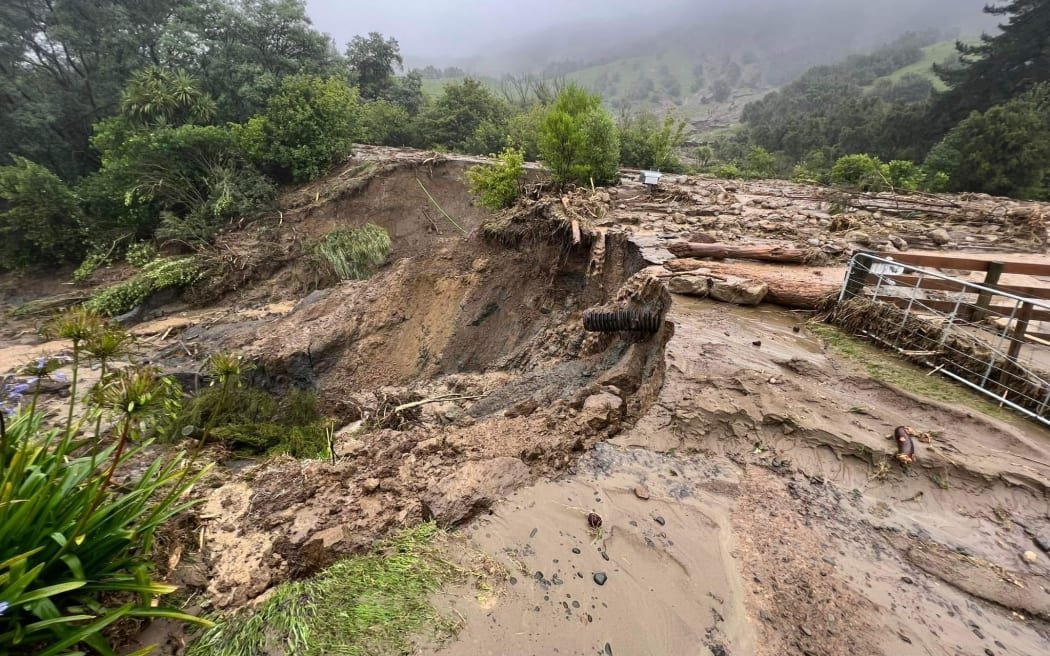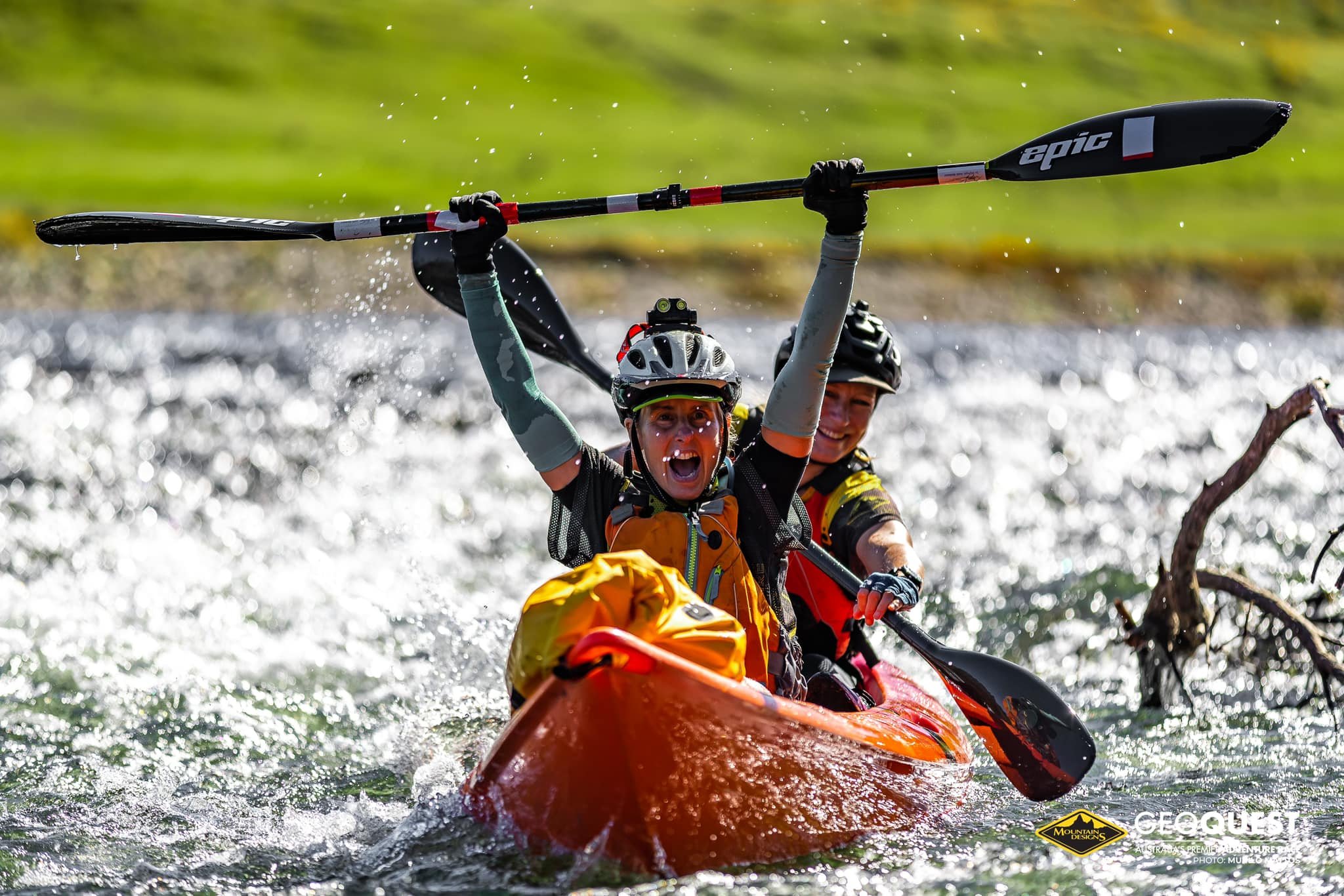"Keeping the Adventure in the Race" was what race organiser Craig Bycroft promised and delivered, with many competitors proclaiming that the Mountain Designs GeoQuest Adventure Race was the best and worst weekend of their lives.
"Definitely the most incredible weekend of my life and believe me I've had loads of great weekends," said one competitor.
Seventy competitors lined up on a beach on the south coast of NSW with their sea kayaks in the early hours of the 8th of June to commence the 48 hour adventure race. As a testament to the nature of the race, only 12 of these competitors crossed the finish line.
Racers headed off on a course that saw them sea kayaking, trekking, mountain biking and roping their way across some serious country. Cross-country navigation and the odd mental exercise were all a part of the game.
The course consisted of four distinct legs. The first leg saw teams sea kayaking 30km (accompanied by curious dolphins) through spectacular coastal scenery. Bemused local fishermen looked on not quite comprehending that these teams planned to race for 48 hours - "but what about sleep?"
"Continuous physical exertion for 48 hours at 80% capacity - that's more than what most people do in a year." (unknown competitor)
The Mexicans and Mountain Designs teams finished this leg powerfully in a time around 3 hours. A mad scramble out of the boats and through the transition area saw teams heading off on their bikes to the beginning of a foot rogaine. Teams dispersed into the bush and began emerging again with full check cards 10 hours later. In this leg teams were forced to make navigational decision such as whether to take fire roads to a check point and cover more distance, or whether to trust their navigational abilities and take cross country "short-cuts".
The Mexicans arrived at the start of leg three first, at 21:21 (14 hrs into the race) with a three hour lead over Latrobe Valley Tri Club. Many teams chose take a break from the rigorous navigation and terrain, put up their tents and wait for daylight to collect their final checkpoints. This saw a flood of teams return from this leg between 5:30 and 10:30 in the morning - 24 hours into the race.
In order to commence leg three, teams crossed a waist deep creek with their bikes and roping equipment above their heads. Once on the other side, teams began peddling their way 60km to the north to a monolith aptly named "The Castle". From here they would trek up to the top of the castle (an elevation gain of 500 metres) often being forced to don their harnesses to traverse steep rocky sections of the track. Once at the top they were greeted with a multi-pitch abseil that while greatly shortening their return journey, required significant courage to descend.
While the leading teams were up on the castle the trailing teams were further back on the course tackling the hills on their bikes. Teams were starting to admit defeat and drop out for reasons varying from injury, arguments to plain exhaustion. 36 hours into the race, darkness began to fall and faced with the prospect of another night out and the likelyhood of not meeting a cut off at the end of leg three, many teams chose to withdraw.
39 hours into the race and only 8 teams out of 17 remained on course.
The leading teams had since descended from the castle and peddled 45 kms over more forgiving terrain to the end of leg three. A last minute course re-route meant teams no longer kayaked as originally planned in from this leg.
The Mexicans returned from this leg at 18:00, 35 hours into the race. Latrobe Valley Tri-Club was next at 22:14 (38 hours in) and Team Mille at 22:58 (39 hours in). Team Two Inspire / Salomon arrived at 23:50 (41 hours in) and made the anguished decision to withdraw due to injury.
Desperately tired and gulping coffee, bleary eyed competitors extracted themselves from the transition area and struck out across the river on the final leg, a 40km bike rogaine over moderate terrain.
Just before midnight, the Mexicans gathered on the far side of the river preparing themselves to row across to the finish line. Trying to coordinate wooden oars at this point in the race meant there were a few circles and hesitant strokes, but soon they overcame these obstacles and made their way confidently the finish line.
"After all we had done together - that row was nearly the undoing of our team!" said one Mexican.
The Mexicans crossed the line 41 hours into the race looking calm, collected and looking even clean, they helped themselves to the pizza and beer provided by their support crew while answering questions and posing for photos, prior to heading off to well deserved sleep.
The remainder of the night saw several teams emerge from leg three. Unfortunately due to a cut off they could not proceed with leg four. Their achievements were still outstanding - 45 hours of non-stop racing.
48hours into the race saw team Mille appear on the other side of the river, only 5 minutes in front of Latrobe Valley Tri Club. Race rules meant that Mille had first preference to row the boats across to the finish line. 10 minutes later they crossed the river to finish in second place. Latrobe Valley Tri Club finished 20 minutes after to take out third place.
And so the inaugural Mountain Designs GeoQuest came to an end. A presentation session left the winning teams and teams who put in outstanding efforts with over $9,000 worth of prizes generously sponsored by Mountain Designs and Cheeky Monkey.
As teams mingled in race head quarters prior to heading off to their normal lives, some offered or sought advice, some swapped "no we did it harder" stories and most talked about how they would utilize the lessons they learnt this time around to improve for next years event.
"Those of the 2002 Geoquest who go on to compete in future GeoQuests will look back realize that we took part in something quite special with a small group of like minded weirdos. Whilst the number of entrants will no doubt increase I can only hope that the level of challenge remains. The most intriguing facet of this race that remains with me is not so much that 'I did not finish' as that 'I could not finish'. This means that I pushed myself until I could not go on. And for that revelation I thank you all very much," said a 'Made in NZ' team member.
For detailed results and further information please visit www.geoquest.com.au


















